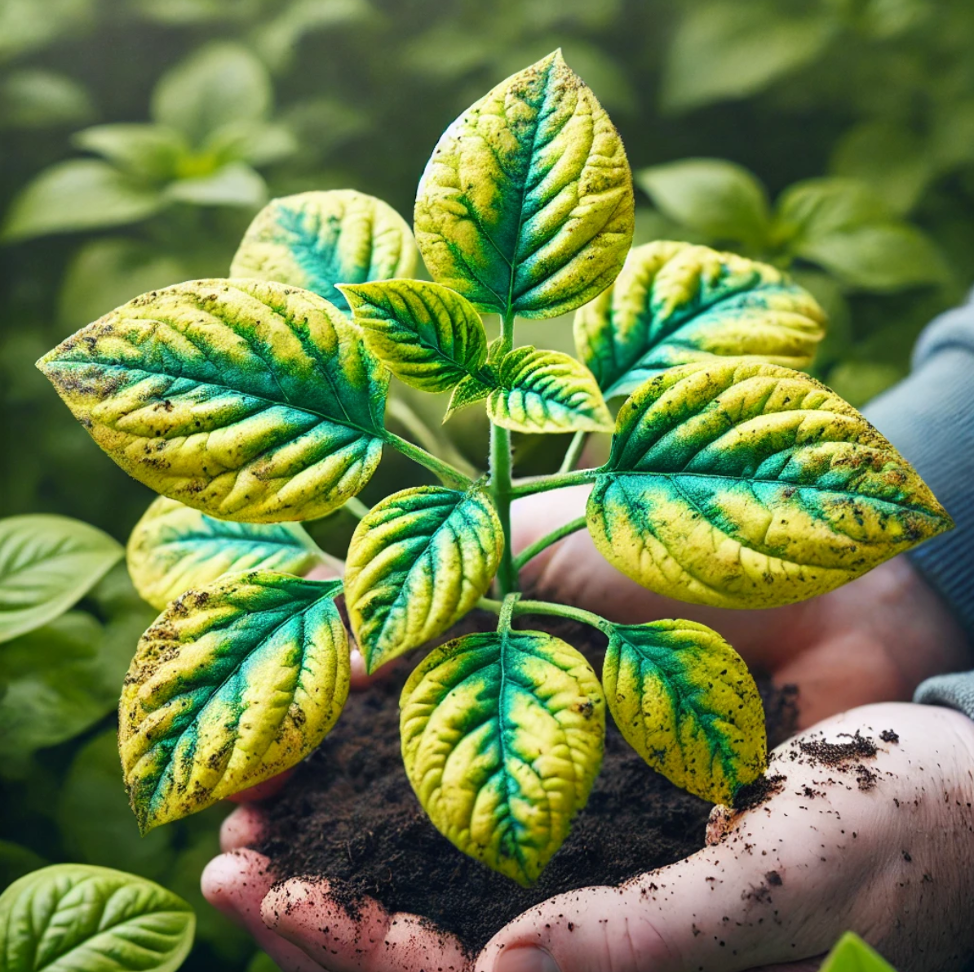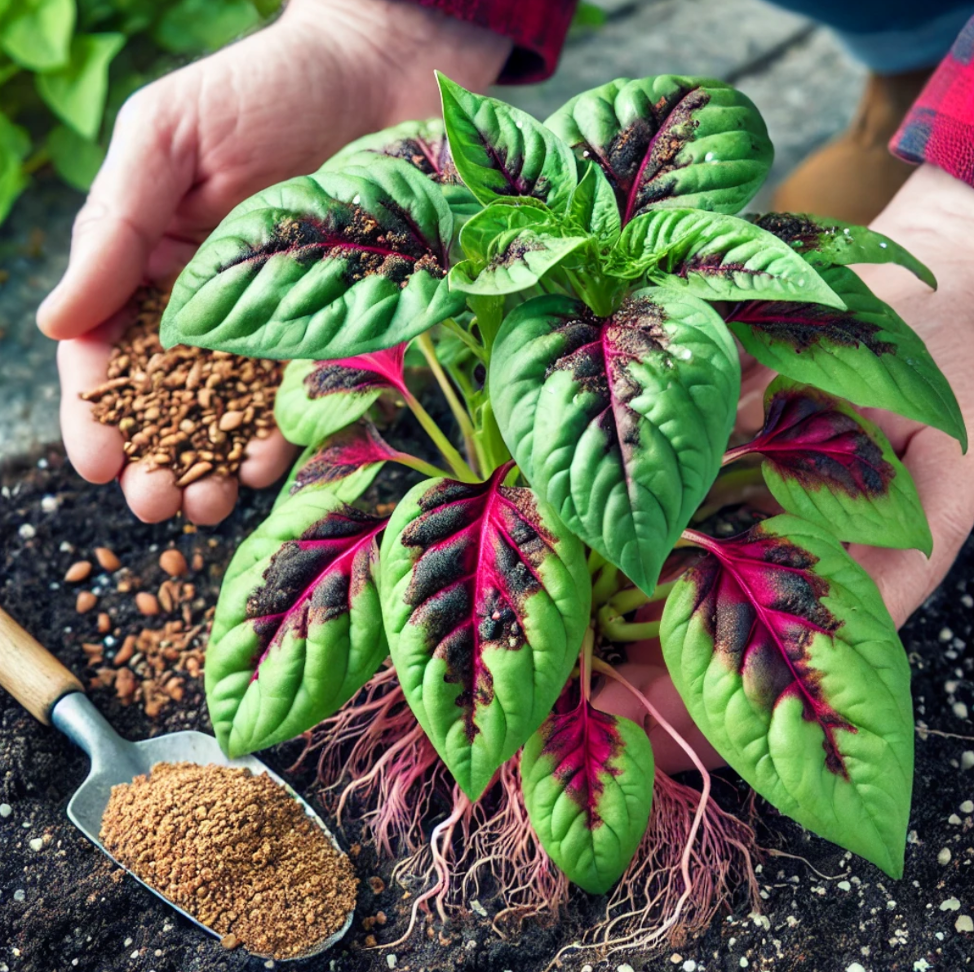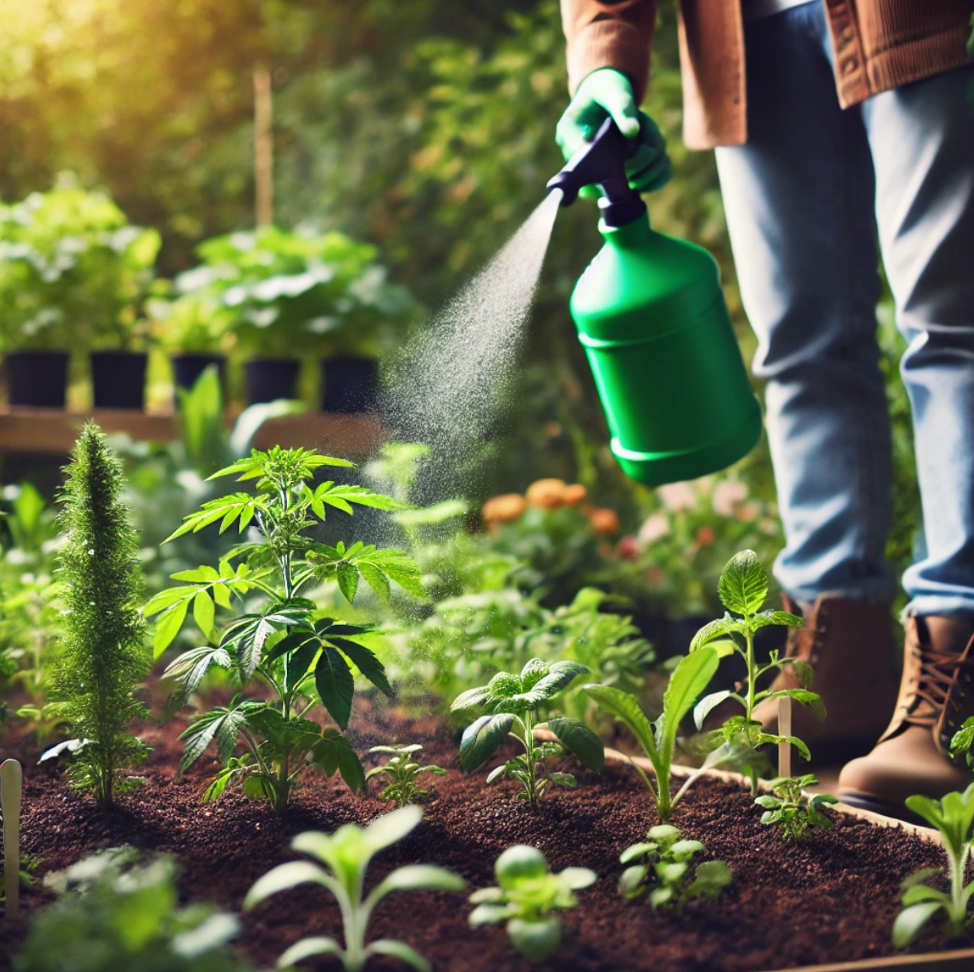Plants, like all living organisms, require essential nutrients to grow and thrive. These nutrients play crucial roles in plant functions such as photosynthesis, cell development, and disease resistance. When plants don’t receive the necessary nutrients, they develop deficiencies that can manifest in various symptoms, including yellowing leaves, stunted growth, or poor flower and fruit production. Understanding how to diagnose and treat these nutrient deficiencies is key to maintaining a healthy, productive garden.
In this article, we will explore the most common nutrient deficiencies in plants, how to recognize their symptoms, and what you can do to fix the problem.
Essential Plant Nutrients

Plants require 17 essential nutrients to grow, and these are divided into three categories: macronutrients, secondary nutrients, and micronutrients.
- Macronutrients: These are required in large amounts and include nitrogen (N), phosphorus (P), and potassium (K).
- Secondary Nutrients: These include calcium (Ca), magnesium (Mg), and sulfur (S), which are required in moderate amounts.
- Micronutrients: Required in smaller quantities, these include iron (Fe), zinc (Zn), manganese (Mn), boron (B), copper (Cu), molybdenum (Mo), and chlorine (Cl).
Common Nutrient Deficiencies and Their Symptoms

1. Nitrogen Deficiency (N)
Symptoms:
- Yellowing of Leaves: Nitrogen deficiency causes older leaves (those lower on the plant) to turn yellow, as nitrogen is a mobile nutrient that the plant moves from older to newer growth.
- Stunted Growth: Plants may appear weak and stunted with pale green or yellow foliage.
Fix:
- Apply a nitrogen-rich fertilizer, such as blood meal or fish emulsion.
- For a quick fix, use a liquid nitrogen fertilizer for immediate absorption.
2. Phosphorus Deficiency (P)
Symptoms:
- Dark Green or Purplish Leaves: Phosphorus-deficient plants often have dark green leaves with a purple or reddish tint, especially on the undersides.
- Poor Flowering and Fruiting: A lack of phosphorus can delay flowering and reduce fruit production.
Fix:
- Use bone meal or rock phosphate to increase phosphorus levels.
- Ensure the soil is not too acidic, as phosphorus becomes less available in highly acidic soils (pH below 5.5).
3. Potassium Deficiency (K)
Symptoms:
- Browning or Yellowing Leaf Edges: Potassium deficiency often causes the leaf edges to turn yellow or brown, a condition known as leaf scorch.
- Weak Stems and Poor Root Development: The plant may also have thin, weak stems and a poorly developed root system.
Fix:
- Apply potassium-rich fertilizers such as potassium sulfate or wood ash.
- Avoid over-watering, as potassium can leach out of the soil.
4. Calcium Deficiency (Ca)
Symptoms:
- Deformed or Discolored New Growth: New leaves may become misshapen or curled, and you may see brown or black spots on fruits (e.g., blossom end rot in tomatoes).
- Weak Cell Walls: Plants with calcium deficiency have weaker cell structures, making them more susceptible to diseases.
Fix:
- Use agricultural lime to increase calcium levels and raise soil pH if needed.
- Gypsum is a good source of calcium without affecting soil pH.
5. Magnesium Deficiency (Mg)
Symptoms:
- Yellowing Between Leaf Veins: The older leaves turn yellow between the veins, while the veins remain green. This is called interveinal chlorosis.
- Premature Leaf Drop: A magnesium deficiency can cause leaves to drop off prematurely.
Fix:
- Apply Epsom salts (magnesium sulfate) to the soil or as a foliar spray.
- Incorporate dolomitic lime into the soil to supply magnesium and adjust pH.
6. Iron Deficiency (Fe)
Symptoms:
- Yellowing of New Leaves: Iron deficiency typically causes young leaves to turn yellow while the veins remain green. This is known as chlorosis.
- Slow Growth: Affected plants may also show reduced growth and vigor.
Fix:
- Apply iron chelates or iron sulfate to correct iron deficiency.
- Lower the soil pH if it is too alkaline, as iron becomes less available in alkaline conditions (pH above 7.0).
7. Zinc Deficiency (Zn)
Symptoms:
- Small, Misshapen Leaves: New growth may have small, distorted leaves with a bronzed appearance.
- Interveinal Chlorosis: Similar to magnesium deficiency, zinc deficiency causes yellowing between leaf veins on younger leaves.
Fix:
- Use zinc sulfate or zinc chelates to add zinc to the soil.
- Ensure the soil pH is in the correct range (slightly acidic to neutral) to aid zinc uptake.
8. Boron Deficiency (B)
Symptoms:
- Deformed New Growth: Boron deficiency causes distorted or thickened new leaves, along with poor flower development.
- Hollow Stems and Fruits: Some plants may develop hollow stems or fruits, like cracked tomatoes.
Fix:
- Apply borax or boric acid sparingly to correct boron deficiency.
- Use organic matter to improve soil texture and aid micronutrient availability.
How to Diagnose Nutrient Deficiencies in Plants

Correctly diagnosing nutrient deficiencies is essential for effective treatment. Here are steps to help identify deficiencies:
1. Observe Leaf Color and Patterns
- Older leaves vs. new growth: Nitrogen, magnesium, and potassium deficiencies typically affect older leaves first, while iron, calcium, and zinc deficiencies affect new growth.
- Chlorosis (yellowing): Chlorosis patterns (e.g., interveinal, edge, or entire leaf) can help distinguish between deficiencies.
2. Check Soil pH
- Soil pH greatly influences nutrient availability. Use a soil test kit to check the pH of your soil. Nutrients like phosphorus, iron, and zinc become unavailable at extreme pH levels.
3. Test Soil Nutrients
- Conduct a soil test to determine nutrient levels in your soil. Many local extension offices or garden centers offer soil testing services that can pinpoint nutrient deficiencies.
How to Fix Nutrient Deficiencies in Plants

Once a deficiency is diagnosed, the following steps will help restore your plant’s health:
1. Adjust Fertilizer Use
- Use a balanced fertilizer with equal amounts of N, P, and K, or apply specific fertilizers to address particular deficiencies.
2. Amend the Soil
- Add organic matter, compost, or specific soil amendments to improve nutrient availability and soil structure.
3. Adjust Soil pH
- If the soil is too acidic or alkaline, nutrient uptake will be restricted. Lime can be used to raise pH, while sulfur can lower it.
4. Use Foliar Sprays
- For immediate relief, use foliar sprays of liquid fertilizers or micronutrient solutions that are absorbed directly by the leaves.
Conclusion
Nutrient deficiencies can seriously impact plant health, but with careful observation and the right corrective measures, you can address the problem and restore your plants to their full potential. By recognizing the symptoms early and adjusting soil and fertilizer use accordingly, you can ensure your plants receive the nutrients they need to thrive.

